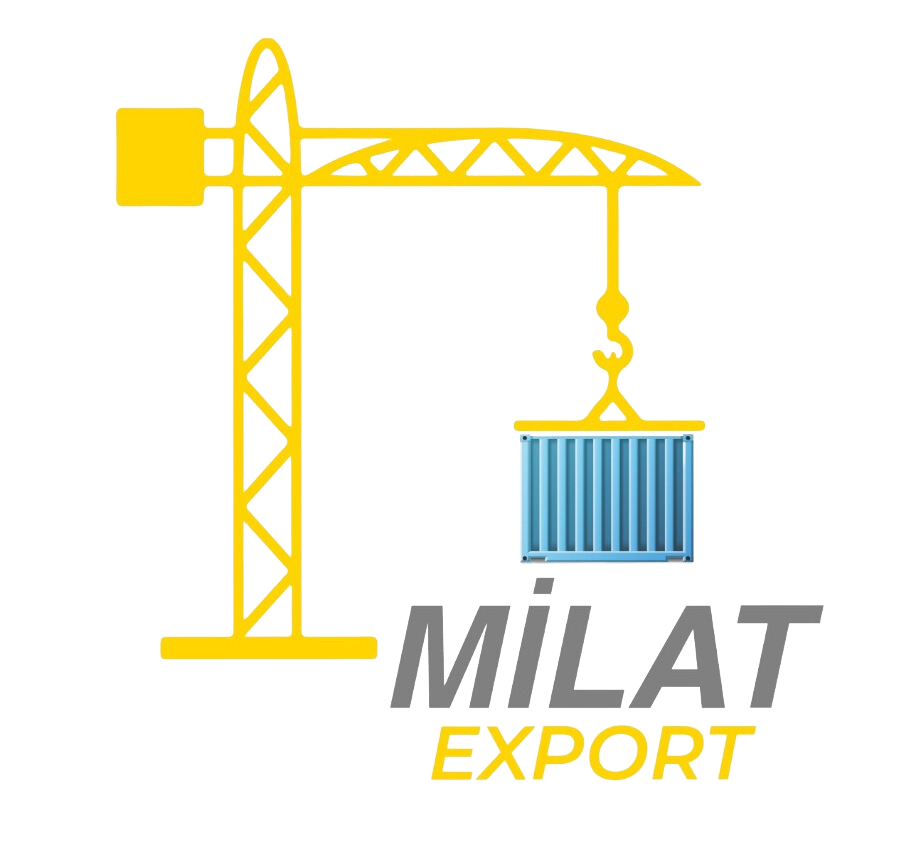
Procurement is the process of finding, acquiring, and buying goods, services, or works from an external source. This process is essential for any organization to ensure that they have the necessary resources to operate and meet their goals. The main goal of procurement is to obtain the best value for money while maintaining the highest standards of quality and ethics.
One of the primary tasks of procurement is to build and maintain good relationships with suppliers and vendors. This involves negotiating contracts, managing supplier performance, and resolving any disputes that may arise. Procurement also involves risk management, as it is important to ensure that the organization is not overly reliant on any one supplier or at risk of supply chain disruptions.
Another important aspect of procurement is ensuring compliance with relevant laws and regulations. This includes ensuring that the procurement process is transparent, fair, and free from corruption. Good governance and ethical conduct are essential for effective procurement.
In summary, procurement is a complex process that involves much more than simply purchasing goods and services. It is about strategic decision-making, relationship management, risk mitigation, and ethical conduct. To learn more about this topic, stay tuned for our next post on How It Works.
How It Works
Procurement is the process of obtaining goods and services for an organization, and it plays a crucial role in the success of any business. What Is Procurement? involves a series of steps that help organizations acquire the necessary resources to operate efficiently. Understanding how procurement works is essential for businesses to effectively manage their supply chain and control costs.
One of the key aspects of is the identification of the need for a particular product or service. This often involves collaboration between different departments within the organization to determine what is required. Once the need is established, the next step is to source potential suppliers who can fulfill the requirements.
After identifying potential suppliers, the procurement process involves Competitive Bidding. This is where suppliers submit their proposals or bids, and the organization evaluates these offers to select the most suitable one. Factors such as price, quality, and delivery time are taken into consideration during this stage of the process.
Once a supplier is selected, the organization enters into a contract and manages the ongoing Types of Procurement. This may involve maintaining relationships with multiple suppliers, negotiating contracts, and ensuring timely delivery of goods and services. As such, effective procurement processes are essential for businesses to operate smoothly and remain competitive in their respective industries.
Competitive Bidding
In the world of procurement, competitive bidding is a crucial process that allows organizations to obtain the best goods and services at the most competitive prices. But what exactly is competitive bidding and how does it work?
Competitive bidding is a formal process in which a company solicits bids from suppliers for goods or services. This process allows the company to compare and evaluate the bids to ensure the best value for their money. It also promotes fair competition among suppliers, ultimately benefiting the organization seeking to procure the goods or services.
During the competitive bidding process, the company issues a request for proposal (RFP) or request for quotation (RFQ) to potential suppliers. The suppliers then submit their bids, which are evaluated based on various criteria such as price, quality, and delivery terms. The company then selects the supplier that offers the best overall value.
Competitive bidding helps organizations avoid overpaying for goods and services, as well as ensures that they are getting the best quality and terms available in the market. It also promotes transparency and fairness in the procurement process, ultimately benefiting both the organization and the suppliers.
Types of Procurement
Procurement is the process of finding, acquiring, and buying goods, services, or works from an external source. There are different types of procurement methods, each suitable for different situations and needs. Understanding the different types of procurement can help businesses make informed decisions and ensure that they are obtaining the best value for their money.
One type of procurement is the open tendering method, which is a competitive process where an invitation to tender is published and all interested suppliers may submit a tender. This method promotes competition and transparency, as it allows any supplier to participate in the bidding process.
Another type of procurement is restricted tendering, which is a selective process where only prequalified suppliers are invited to tender. This method is often used when a high level of expertise is required, or when there are specific requirements that only a select group of suppliers can meet.
There is also the single-source procurement method, where a contract is awarded to a single supplier without a competitive bidding process. This method is used when there is only one suitable supplier available, or when there is an urgent need for a particular good or service.
Finally, framework agreements are also a common type of procurement, where a buyer enters into an agreement with one or more suppliers for the supply of goods or services over a period of time. This method provides flexibility and ease of procurement, as it eliminates the need for a separate tender process for each purchase.
Procurement vs. Purchasing
What Is Procurement? Procurement is the process of obtaining goods and services for an organization. This includes sourcing, negotiating, and purchasing activities. Procurement involves strategic planning and decision-making to ensure that the organization obtains the best value for its money.
On the other hand, Purchasing is just one aspect of the procurement process. It is the transactional activity of buying goods and services. While procurement involves the entire process from identifying a need to contract management, purchasing focuses specifically on the buying of goods or services.
One key difference between Procurement and Purchasing is that procurement is a broader strategic function, while purchasing is a more tactical and administrative activity. Procurement involves market research, supplier evaluation, and risk management, whereas purchasing involves order processing and vendor management.
Overall, while procurement focuses on the big picture of obtaining goods and services in the most cost-effective and strategic manner, purchasing is the specific act of buying the goods and services that have been identified through the procurement process.
Accounting for Procurement
Accounting for Procurement is an essential part of the overall financial management process for any business. It involves the tracking and recording of all expenses related to the acquisition of goods and services, including payments to suppliers, overhead costs, and other related expenses. Proper accounting for procurement ensures accuracy in financial reporting and helps to identify potential cost-saving opportunities.
One of the key aspects of accounting for procurement is accurately capturing and categorizing all expenses related to the acquisition of goods and services. This includes not only the cost of the items purchased, but also any additional fees or charges associated with the procurement process, such as delivery costs, import duties, and handling fees. By accurately recording these expenses, businesses can gain better insight into their overall spending and identify areas where cost savings may be possible.
In addition to tracking expenses, procurement accounting also involves managing accounts payable and ensuring that all payments to suppliers are accurately recorded and processed in a timely manner. This helps to prevent any potential disruptions to the supply chain and ensures that suppliers are paid on time, maintaining good relationships with them.
Furthermore, accounting for procurement also involves monitoring and analyzing the performance of suppliers, evaluating the quality of goods and services received, and identifying any discrepancies or issues that may arise. By keeping a close eye on supplier performance, businesses can make more informed decisions when it comes to selecting and negotiating with suppliers, ultimately leading to better overall procurement outcomes.
FAQs
One of the most important aspects of any organization is procurement, but what exactly is procurement? In simple terms, procurement is the process of acquiring goods, services, or works from an external source. It involves everything from identifying the need for a product or service to the final receipt and payment. It’s a crucial part of the supply chain and can have a significant impact on an organization’s bottom line.
How does procurement work? The procurement process typically involves a series of steps, including identifying the need for a product or service, finding potential suppliers, negotiating contracts, and managing supplier performance. Each step is essential to ensuring that the organization gets the best value for its money while maintaining quality and reliability.
One common method of procurement is through competitive bidding. This involves inviting multiple suppliers to submit proposals or bids for a project or contract, with the goal of selecting the best offer based on price, quality, and other factors. Competitive bidding can help organizations secure the best possible terms and conditions for their purchases.
There are various types of procurement, including direct and indirect procurement, as well as strategic and tactical procurement. Each type serves a different purpose, and understanding the differences can help organizations improve their procurement processes and achieve their business goals more effectively.
Conclusion
When it comes to procurement, it is essential to understand the process and its significance in the success of a business. Procurement is the act of obtaining goods or services, typically through a purchasing process. It involves various stages, such as identifying the need for a product or service, sourcing potential suppliers, negotiating terms and conditions, and ultimately making the purchase.
One of the key aspects of procurement is to ensure that the goods or services acquired are of the required quality, at the right price, and are delivered on time. This is crucial for the smooth operation of a business and can significantly impact its overall performance and profitability. Additionally, effective procurement practices can also lead to cost savings and improved relationships with suppliers.
Furthermore, procurement plays a vital role in supporting organizational goals and objectives. By aligning procurement strategies with business objectives, companies can enhance their competitive advantage and drive greater value for their stakeholders. This highlights the strategic importance of procurement in contributing to the overall success of a company.
In conclusion, procurement is a fundamental aspect of business operations, and its effective management is critical for achieving sustainable growth and success. By understanding the process of procurement, businesses can make informed decisions, establish strong supplier relationships, and ultimately drive value for their organizations. As such, it is crucial for businesses to prioritize and invest in robust procurement practices to secure a competitive edge in the marketplace.

